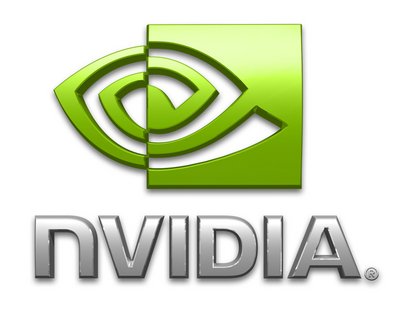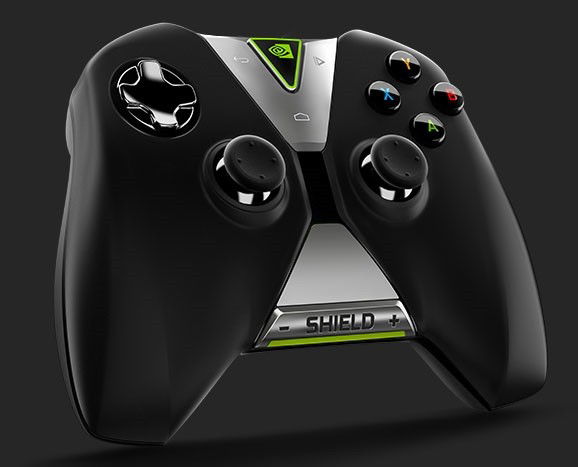You’ve got to hand it to Nvidia, that’s for sure. After being absent in either current generation console, they were pretty much content on pushing their Nvidia Shield for the past 2 years, working on their Terga SoC, and working on their next high powered GPU. Now it seems that they’re working on a new Android-based tablet, currently dubbed the “Shield Tablet”, and from the spec sheet it’s a pretty impressive piece of hardware. Outside of Samsung’s Pro tablets and Sony’s recent Xperia Z2 tablet, this is the best one to date.
Nvidia Shield Tablet Specs:
- Nvidia Tegra K1 192 core Kepler GPU (Kepler is used in the GTX 780 / Titan GPU’s)
- 2.2 Ghz ARM Cortex A15 CPU
- 2GB of RAM
- 8 inch multi-touch screen (IPS) with full HD support (1920×1200)
- Front facing stereo speakers
- Built microphone with a dual bass reflex port
- 16GB Wifi / 32GB Wifi + 4G LTE / Bluetooth 4.0 connectivity
- Upgradable storage via micro SD up to 128GB
- GPU accelerated stylus
- Mini-HDMI output
And as with the original Nvidia Shield, it will still allow you to stream PC games to the tablet, as well as play Android games, and use various other media channels such as Netflix, Twitch, Pandora etc. If it can be done on Android, the tablet can do it. As an added plus, it also integrates its speakers on the front of the tablet instead of on the sides or under the tablet. That directs the sound right at the person holding the tablet.
It’s very impressive on paper, and it will likely be a screamer when it finally releases. But that said, who’s going to buy it? It’s clearly marketed to gamers, and will probably double up as a decent everyday Android tablet. However, gaming is a huge shortcoming on the Android platform.
There’s no one game on the Android platform that will take advantage of the features that the Shield Tablet includes. This was an issue with the original Nvidia Shield, and the only practical reason to own one was if you wanted to stream your PC games anywhere other than where your gaming PC was. It was a great idea that many other companies were also looking at and perhaps did a better job executing. I don’t know about you, but I didn’t really enjoy gaming on the Shield as much as I thought I would. Make no mistake–it was impressive. But that screen was just too small, and lag / latency played a huge part in my disconcert.
Outside of the simple games that I also can play on my phone, I don’t necessarily associate a tablet with gaming. When I initially got one, I thought I would but I’ve just ended up using them for work, media purposes and news. I haven’t played a game on my tablet or used it for an emulator for the past few years. That’s my concern with the Nvidia Shield, as I’m sure I’m not the only person in this boat that feels the same way. No matter how you present them, no matter how powerful you make them, tablets just aren’t seen as gaming devices.
You can use the Shield to display the output onto your TV via the mini-HDMI port, and connect the optional Shield controller to it, which essentially turns it into a mini-console. However, you’re still at the mercy of Wi-Fi, as the tablet has no ethernet port.
I just don’t see the market for this device regardless of how impressive it is. Gaming-wise I’d hate to say it will eventually flop, as I like Nvidia and I think the tablet is a smart idea. The limiting factor here is the Android OS. No one creates AAA titles for Android, and that’s exactly what this device is going to need in order to sell. Sure, streaming from your PC is nice but I can do that on the Nvidia Shield or Steam or even on a generic Android tablet using Splashtop or Kainy.
Is this a kickass device? Yes. I’d love to get my hands on one. It’s received some well-deserved press, and from the hands-on demos I’ve seen, it definitely seems like it’s a powerhouse that could bring us one step closer to moving PC gamers out of their desk chairs. But will it sell? That remains to be seen.
Hey Nvidia, I’m willing to check it out for you. You know, for a review. I’m still getting one to test out on my own, that’s for sure.




